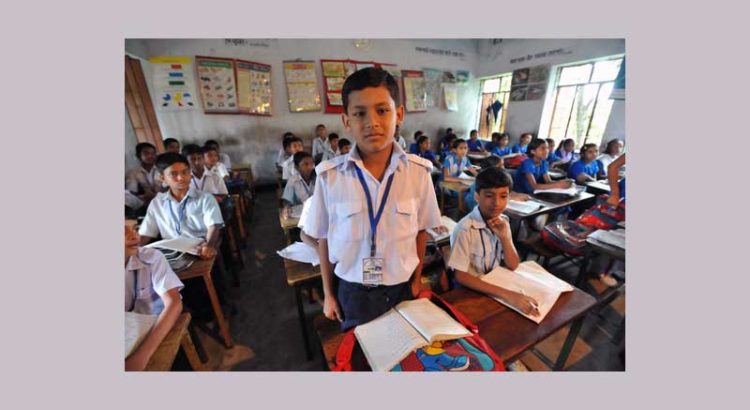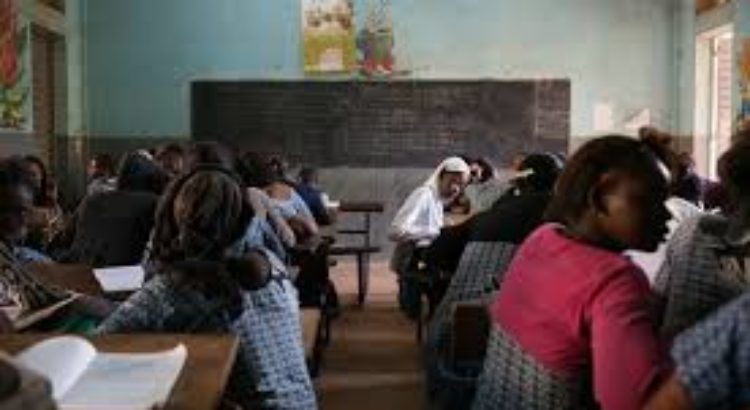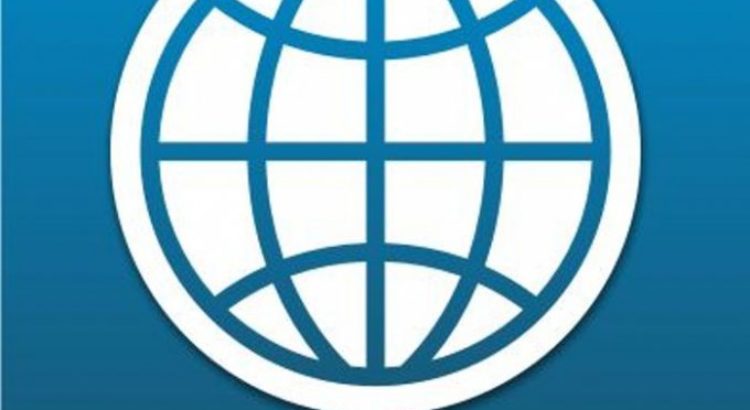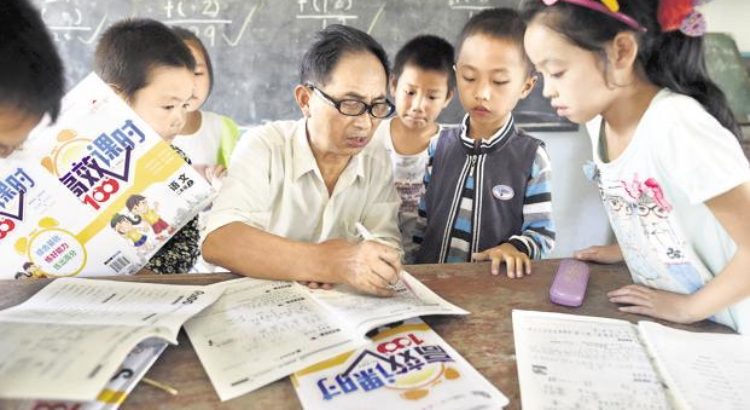China/March 20, 2018/Source: http://www.livemint.com
China has ring-fenced and created a stream of excellence, within a larger system that still needs work, in the best schools in urban areas, in the most prosperous provinces.
The global media has been obsessed with China for several decades now. In some cases, this is out of admiration, but in most cases the obsession is driven by a combination of envy and fear of the rising Asian giant.
The China narrative is mostly about the rise and decline of the Chinese growth rate; its massive foreign exchange reserves; its high investment rate; its excellent infrastructure; how it became the manufacturing hub of the world; how it is sucking up hydrocarbons and other natural resources from all over the world; how it bullies its neighbours around the South China Sea; its Himalayan game of chess with India; and the Belt Road Initiative that will consolidate China’s strategic reach across the entire Eurasian landmass.
These aspects of China’s rise are no doubt important, but they are of much less long-term strategic significance compared to the control of knowledge. The control of geography, resources and markets has been long been supplanted by control over technology as the key driver of global competition, and that is now being rapidly supplanted by control of knowledge.
In what is now called an emerging knowledge-based society, the control of knowledge will dominate all other dimensions of global competition. Just as the Battle of Waterloo is said to have been won in the playing fields of Eton, the battle for future global dominance will be won in the schools, colleges and universities of the world.
In that context, while recently scanning some data on education in China, I was shocked to find that net enrolment in primary education in China today (2014 data) at 90% is lower than the 95% rate that had already been achieved way back in 1987, over 30 years ago.
I also found it difficult to square this with the results of global learning tests like the Programme for International Students Assessment (PISA), which routinely show Chinese students scoring very high. In the recently released PISA results for 2015, for instance, China has been ranked 6th out of 77 participating countries in mathematics, 10th in science and 32nd in reading.
To understand what accounts for this apparent paradox, I decided to probe a little deeper into the story of Chinese education.
My first thought was that perhaps the data showing such retrogression in primary school enrolment was wrong, so I checked the data on primary school completion rates, the proportion of the relevant age cohort who successfully complete primary school. Here too I found the completion rate was lower in 2014 compared to what it was some 30 years earlier. How come?
The story goes back to a foundational urban bias built into the Chinese education system from 1949 when the Communist Party led government first came to power. Recognizing the strategic importance of an educated and skilled urban working class for rapid industrialization, the federal government took the responsibility of delivering free primary education for children in urban areas.
In rural areas the responsibility of providing primary education was given to village governments, who had to raise resources from the people themselves, the income of the communes, etc.
Also the “hukao” system of internal passports, no longer strictly enforced, which tied children down to the places of their parents’ origin, reified the urban bias by making it virtually impossible for rural persons to migrate to urban areas.
Despite the urban bias, and the shocks of the Great Leap Forward movement of the late 1950s and the Cultural Revolution of the late 1960s and early 1970s, the system worked reasonably well and there was a very rapid spread of education at all levels.
But the reforms ushered in by Deng Xiaoping after 1977 completely disrupted the primary education system in rural areas where most people lived. It was one of the worst unintended consequences of the reforms. With the introduction of the private responsibility system in agriculture, village governments could no longer count on the resources of the village communes to finance village schools. Inevitably the primary education system in rural areas simply fell apart.
Since the turn of the century the state has tried to repair the system by making county governments responsible for primary education. But clearly this is still a work in progress as the retrogression of primary enrolment and completion rates show.
Then how come the high PISA ranks in global learning tests?
It has been pointed out that the students who participated in the 2015 PISA tests were drawn from the provinces of Jiangsu, Guangdong, Beijing and Shanghai, most of which are far more prosperous than other provinces of China. They have much better education facilities and teachers than most other provinces. The performance of students from these provinces, it is therefore suggested, is not at all representative of the rest of China.
But this is not the whole story. In the cities, where educational facilities are anyway much better than in rural areas, the government has created “key schools”. These are elite schools with much better quality teachers, infrastructure and other facilities compared to normal schools. They are intended as centres of excellence to nurture specially talented students. Though admission is supposedly based on merit, children of rich parents can also be admitted to these schools by paying hefty fees.
A second category of elite schools, called “choice schools”, are preferred schools where, again, rich children can get admitted by paying hefty fees.
In the Chinese system of streaming students between technical and vocational education and academic education, these special schools within the academic stream produce the elite base of students from among whom the specially talented students are streamed for the best institutions of higher education.
Thus, while repair of the nationwide system of basic education is still a work in progress, China has ring-fenced and created a stream of excellence within the larger system in the best schools in urban areas, and in the most prosperous provinces.
Hence, the apparent paradox of high performance in global PISA learning tests along with retrogression in primary school enrolment.
It is a response with typically Chinese characteristics also seen in other fields. When improving the ease of doing business in the whole country was a challenge, the response was to create ring-fenced special areas with excellent conditions for business in the enormously successful export processing zones and special economic zones.
When fixing a state enterprise-dominated, inefficient industrial sector across the whole country became a problem, the response was to carve out selected enterprises in selected industries and nurture them to become globally competitive. The same approach has been adopted in education.
The ring-fenced supply chain of the most capable students has been established all the way from primary and secondary school education to graduate studies in colleges and universities. There is still a long way to go in raising the quality standards of Chinese higher education in general. But meanwhile, a specially supported subset of institutions has been carved out to produce graduates who achieve high standards of excellence.
A few universities are also being nurtured as world-class universities. This appears to be China’s strategy to become dominant in a knowledge-driven global economy.
Perhaps such special nurturing of selected entities, special economic zones, industrial units, education and research institutions is the only viable strategy available to China. An aspiring superpower that is still a developing country, it has to compete with countries with per capita income levels that are many times higher.
The strategy has already been enormously successful in achieving a dominant position for China in the global economy. It is now being applied to secure China’s pre-eminent position in a knowledge-based society of the future.
Within China, this strategy is leading to the emergence of a dualistic society in multiple dimensions. One consequence of such streaming of civil society, possibly unintended, is the bureaucratic discretion implicit in it and the consequent rise in corruption.
Such dualism is also a major source of rising inequality. Elite families are leaving the rest behind. More prosperous provinces are surging ahead of less prosperous ones. And the incomes of urban households is rising faster than those of peasant households in rural areas.
This is somewhat ironic in a country where the ruling communist party came to power on the basis of a peasant revolution some 70 years ago.
The guiding philosophy in Mao’s China, for all its excesses, appeared to be more egalitarian. In China, from the time of Deng, growth has trumped equity. But when a rising tide raises all boats, should it matter that some boats are rising higher than others? This is a question that has gained in importance the world over, over the past few years.
Achieving and sustaining China’s dominance in the global economy even if at the cost of equity at home seems to be the philosophy guiding the state in Asia’s emerging giant.
Sudipto Mundle is emeritus professor at the National Institute of Public Finance and Policy and was a member of the Fourteenth Finance Commission.
Comments are welcome at views@livemint.com
Source:
http://www.livemint.com/Opinion/uhxxghgjkNlNgw2Wd1abzN/The-paradox-of-weakness-and-strength-in-Chinese-education.html














 Users Today : 267
Users Today : 267 Total Users : 35459862
Total Users : 35459862 Views Today : 441
Views Today : 441 Total views : 3418413
Total views : 3418413